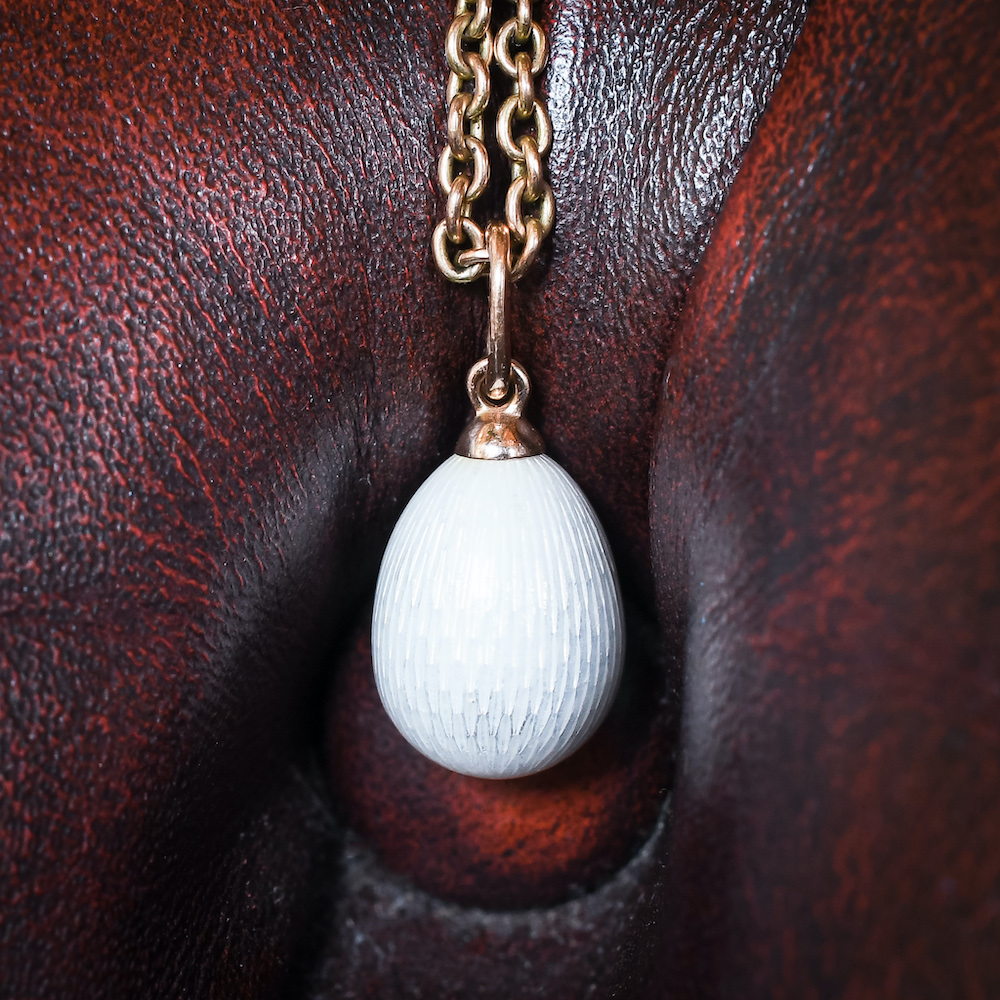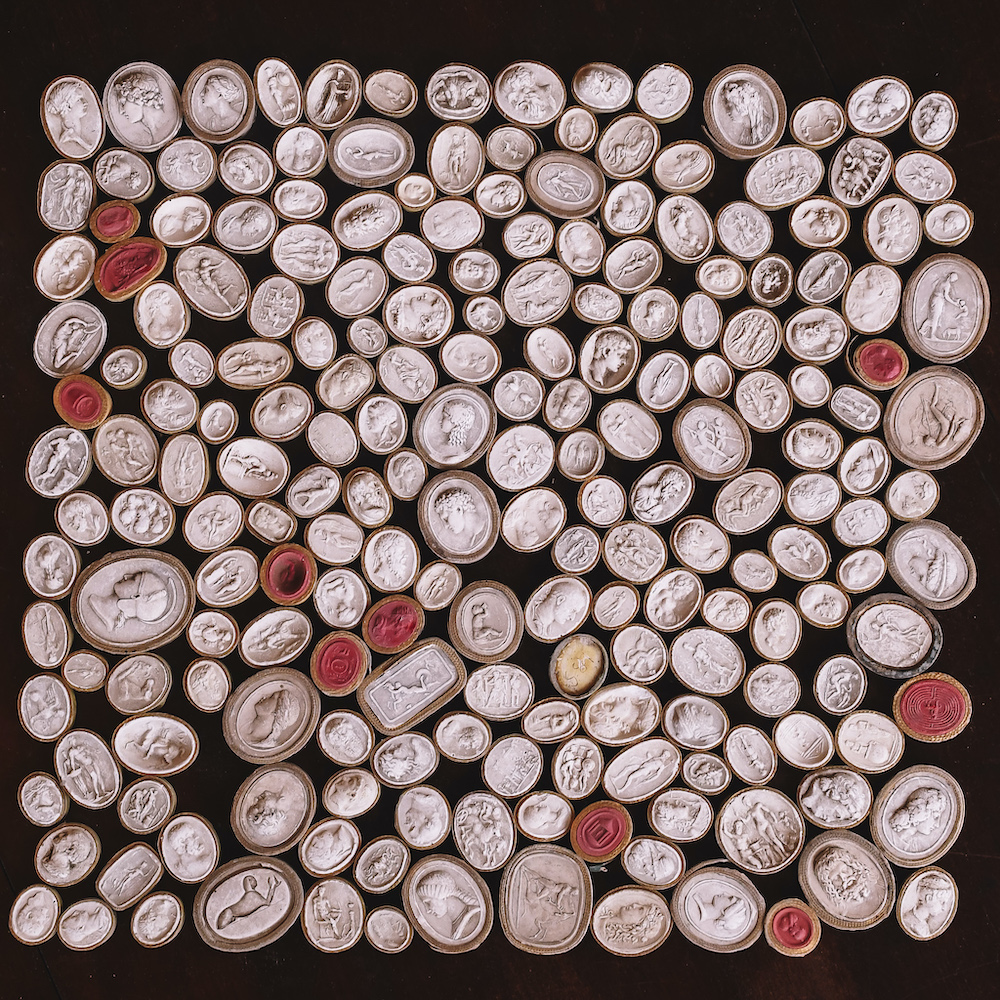Antiques Trade Talks – Butter Lane Antiques
Manchester-based antique jewellery business, Butter Lane, was founded by Alex Alfieri seven years ago after he identified a gap in the market for dealing antique jewellery online. With the help of General Manager Monty Cutteridge, the pair continue to go from strength to strength.
 What is the unique appeal of antiques?
What is the unique appeal of antiques?
Everything has a story to tell, I see antique jewellery as miniature pieces of art and I’m always fascinated by it’s past, who made it, who bought it and what significance did it hold? A lot of jewellery has lost the charm of being individually made, antique jewellery is always manmade and has lasted through the ages – you get your own slice of history.
What areas/items are currently selling well?
For us at Butter Lane, colourful gem set and diamond rings are our strong performers. People come to us because of our unusual and somewhat quirky items, we like things a little bit different and have the potential to turn heads.
Which are the ones to watch/future sellers?
In the antique jewellery world, high quality early Georgian jewellery is becoming increasingly harder to find, it’s seemingly left the trade so when I discover a good piece I’ll make the purchase immediately.
What antiques do you have at home/collect and why?
I personally have a private collection of Russian Antique Jewellery. The highest quality jewellery of the Romanov era is magical, the level of detail and colour are what draws me to them as well as the sentimental value of say, miniature eggs like Faberge.
How is the industry changing and are you optimistic for its future?
 The industry has changed tremendously with the rise of technology, the world is now at our fingertips and many dealers such as myself have managed to make a shift in a very traditional industry. For instance, the majority of our sales are online where a buyer doesn’t often see the item – ten years ago would have been unheard of.
The industry has changed tremendously with the rise of technology, the world is now at our fingertips and many dealers such as myself have managed to make a shift in a very traditional industry. For instance, the majority of our sales are online where a buyer doesn’t often see the item – ten years ago would have been unheard of.
Is new technology good for the trade and buyers/collectors?
It has completely changed the trade in its entirety, we’ve created our whole business model off the back of technology and it’s opened us up to a brand new territory – the US which is now our main market.
In our eyes technology is brilliant for the trade, not only can you reach a vast number of people at once, but you can also have a chance to tell your brand story which is sometimes hard to do without the use of digital marketing. We really wouldn’t be where we are without the use of Instagram.
Tell us some trade secrets – what key questions should buyers ask?
Recently we’ve been purchasing big stones for clients and it’s imperative you never make a purchase without certification. It’s not so much a question but my personal philosophy for buying is to purchase what you like and go with your gut. Our clients return for us for a reason and it is because we stick to our style.
What antiques/artworks would you buy if money were no object?
My dream would be to expand my pre-revolution Russian jewellery collection and to actually go there myself and view vast collections.
You’re down to your last 50 quid – what antiques/art would you buy?
As mentioned, I love anything with a story. Sentimental antique jewellery can do no wrong in my eyes, we have a charming collection of sentimental love token charms so this would have to be my go to.
 What are some of the biggest mistakes that buyers make?
What are some of the biggest mistakes that buyers make?
Listen to expensive mistakes. Running before you can walk – don’t be too greedy and think purely around return.
What do you consider the high point of your career in antiques?
I think for me it’s the fact Butter Lane is lucky enough to be recognised globally because of our intuitive use of social media, we’ve worked consistently on our strategy since 2014 to enable us to get where we are now.
Are antiques attracting younger buyers and, if not, how can the industry reach out to them?
I think in the antique jewellery world we do see younger buyers due to the use of Instagram. For instance, they may have the budget when shopping for say an engagement ring, but may not have typically thought to purchase antique. This is where telling the story of antiques comes into play – there’s a huge rise in purchasing from sustainable brands and naturally, antiques align with this so ensure you’re telling the history and shouting about your brand.
What advice would you give to people new to antiques who want to learn more?
Don’t be afraid to reach out to dealers, I’ve found the best way to learn is through people. Luckily the trade is modernising and there’s various platforms you can now read and learn from. For instance, this year we launched our own podcast Dealing, where we candidly talk about the trade, our success but also our expensive mistakes and lessons. We want to be open and honest in hope it can help others too whilst giving an inside glimpse to our industry.


